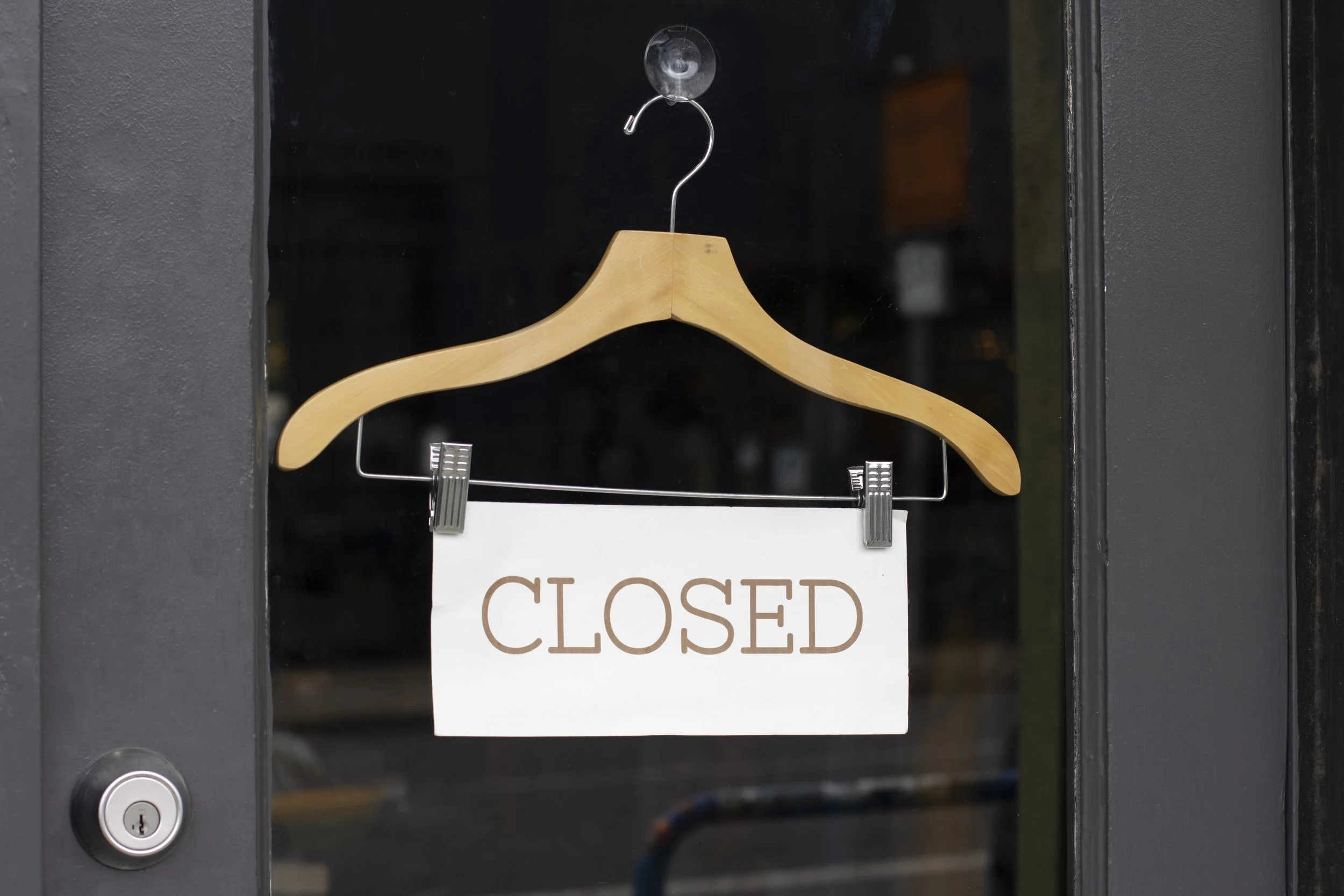The Trickle Effect of Economic Pressures on Local Fashion Businesses and Consumers
In my time getting to know more and more local designers, it’s the economic pressures—such as inflation, rising operational costs, and reduced disposable income—that affect individual spending habits. These pressures initiate a chain reaction that impacts local fashion businesses, communities, and even shoppers who prefer unique, handcrafted items. When you understand the full scope of this trickle effect, it can help clarify why supporting local businesses is more critical than ever. With Letty Sparrow, I am aiming to tackle this issue head on.
Stage 1: Inflation Shrinks Consumer Budgets
Rising Costs of Living: Consumers face higher expenses for essentials like housing, food, and transportation. As a result, they prioritize necessities and allocate smaller portions of their budgets to discretionary spending, including fashion.
Shift to Cheaper Alternatives: With less disposable income, shoppers gravitate toward fast fashion and large retailers offering lower prices. This immediate shift impacts local boutiques by reducing foot traffic and sales. Not to mention, this does damage to the planet as well.
Stage 2: Reduced Revenue for Small Businesses
Decline in Sales: With fewer people shopping locally, small businesses experience a sharp decline in revenue, making it harder to cover operational costs such as rent, utilities, and wages.
Cutbacks in Staff and Services: To stay afloat, local retailers may reduce employee hours, lay off staff, or scale back on personalized services that once set them apart.
Less Money for Marketing: Struggling businesses often cut their marketing budgets, further limiting their ability to attract new customers and stay competitive against larger retailers.
The trickle effect leaves a dent in our communities.
Stage 3: Community Impact
Loss of Local Businesses: Prolonged financial strain forces many small boutiques to close their doors, leading to fewer shopping options for the community. These closures also result in vacant storefronts that can make shopping districts appear less vibrant and inviting.
Job Losses: Each closure means fewer jobs in the local retail sector, which reduces household incomes and further diminishes local spending power.
Weakened Economic Ecosystem: Small businesses often source goods and services from other local vendors. When one business struggles, it creates a domino effect that impacts suppliers, service providers, and other interconnected enterprises.
Stage 4: Decline in Consumer Experience
Limited Options: The closure of local boutiques reduces the diversity of shopping choices, pushing consumers toward large retailers where products may lack the uniqueness and quality of local designs.
Homogenized Fashion: Fast fashion’s dominance creates a more homogenized retail landscape, making it harder for consumers to find distinctive pieces that reflect their personal style.
Loss of Community Engagement: Local boutiques often foster community connections through events, workshops, and collaborations. Their absence diminishes opportunities for meaningful engagement within the community.
Breaking the Cycle
Reversing the trickle effect requires concerted efforts from consumers, businesses, and policymakers:
For Consumers: Commit to buying from local retailers, even if it’s just one or two items per season. Support initiatives like local markets, pop-ups, and collaborative events.
For Businesses: Invest in digital tools to reach broader audiences, collaborate with other local brands to share resources, and emphasize the value of craftsmanship and sustainability in marketing efforts.
For Policymakers: Provide grants, tax incentives, or subsidies to help small businesses weather economic challenges. Create programs that educate consumers on the importance of shopping local.
Small businesses thrive with support from their local communities
The Road Ahead
Understanding the interconnected nature of economic pressures reveals the importance of maintaining a thriving local business ecosystem. By addressing the root causes of the trickle effect, communities can ensure that local fashion businesses remain a vibrant and integral part of their identity while giving consumers the opportunity to embrace unique and sustainable choices.


